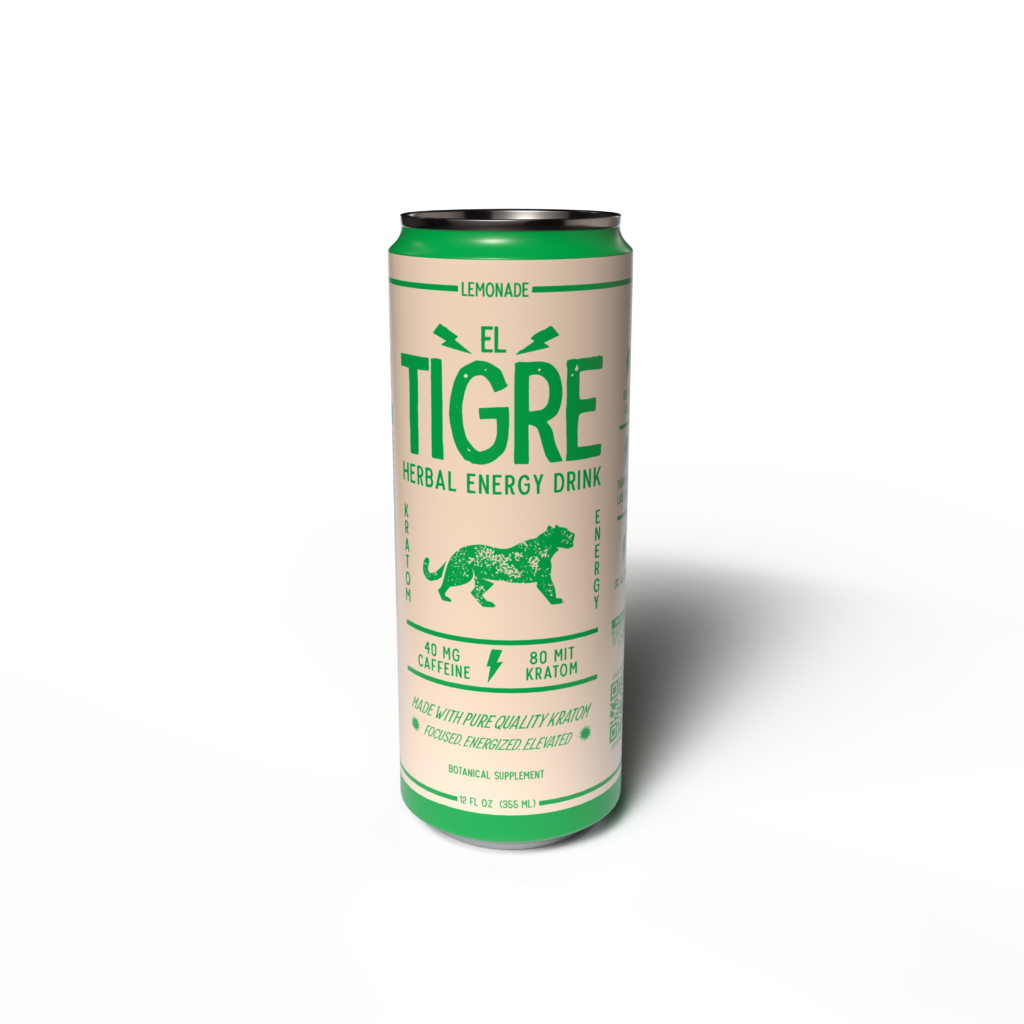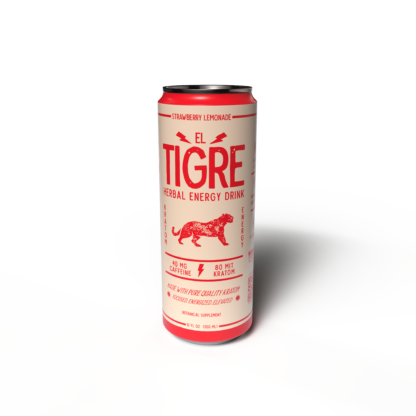Kratom Effects
Kratom, a tropical tree native to Southeast Asia, has gained popularity for its purported energizing and mood-boosting effects. Its leaves contain compounds that interact with opioid receptors in the brain, leading to a range of sensations from mild stimulation to sedation, depending on the dose. Kratom is increasingly being incorporated into energy drinks, raising questions about its efficacy compared to traditional stimulants like coffee.
Energy Boost
Kratom’s ability to provide an energy boost stems from its interaction with opioid receptors in the brain. Unlike caffeine, which primarily acts on adenosine receptors, kratom produces a more complex effect that can include increased alertness, focus, and even pain relief.
However, it’s important to note that kratom’s energy-boosting effects are dose-dependent. Smaller doses tend to promote stimulation, while larger doses can lead to sedation or drowsiness. Additionally, individual responses to kratom can vary widely depending on factors like body weight, metabolism, and tolerance.
Focus and Concentration
Kratom’s impact on focus and concentration is a multifaceted issue. Some individuals report experiencing enhanced mental clarity and alertness after consuming kratom, attributing it to the stimulation of opioid receptors in the brain. This can potentially improve cognitive function and task performance.
However, the relationship between kratom and concentration is complex and can be influenced by various factors, including dosage and individual sensitivity. Higher doses of kratom may lead to sedation and impaired cognitive abilities. Furthermore, long-term use of kratom has been linked to potential cognitive decline in some cases.
Pain Relief Potential
Kratom’s pain relief potential stems from its interaction with opioid receptors in the brain. These receptors are involved in modulating pain perception, and activating them can lead to a reduction in pain signals. Kratom users often report experiencing relief from various types of pain, including chronic pain, muscle aches, and headaches.
However, it’s important to note that kratom’s effectiveness as a pain reliever is not well-established by scientific research. While anecdotal evidence suggests its potential benefits, more rigorous studies are needed to determine its efficacy, safety, and optimal dosage for pain management.
Additionally, the long-term effects of using kratom for pain relief are still largely unknown. Like any substance that interacts with opioid receptors, there is a risk of developing tolerance, dependence, and withdrawal symptoms with prolonged use.
Coffee Effects
The energizing properties of coffee are well-established, primarily due to its caffeine content which stimulates the central nervous system.

Energy Boost

Coffee’s energy boost comes from caffeine, a stimulant that blocks adenosine receptors in the brain. Adenosine promotes sleepiness, so by blocking these receptors, caffeine increases alertness and reduces fatigue.
Caffeine also stimulates the release of dopamine, a neurotransmitter associated with pleasure and motivation, which contributes to coffee’s mood-boosting effects.
Coffee can enhance focus and concentration by increasing blood flow to the brain and improving cognitive function. However, excessive caffeine consumption can lead to anxiety, jitters, and difficulty concentrating.
Cognitive Enhancement
Kratom provides an energy boost through its interaction with opioid receptors in the brain. This mechanism differs from coffee’s reliance on adenosine receptor blockage by caffeine. Kratom’s effects are dose-dependent, with smaller doses offering stimulation and larger doses leading to sedation.
The impact of kratom on focus is complex and varies between individuals. Some users report improved mental clarity, potentially due to opioid receptor stimulation. However, higher doses can lead to sedation and impaired cognitive function. Long-term kratom use has also been linked to potential cognitive decline in some cases.
Coffee’s energizing properties are primarily attributed to caffeine, which blocks adenosine receptors responsible for promoting sleepiness. Caffeine also stimulates dopamine release, contributing to coffee’s mood-boosting effects.
Coffee can enhance focus and concentration by increasing blood flow to the brain and improving cognitive function. However, excessive caffeine consumption can lead to anxiety, jitters, and difficulty concentrating.
Potential Health Benefits
Coffee is a popular beverage known for its energizing effects. These effects are primarily attributed to caffeine, a stimulant that blocks adenosine receptors in the brain, thereby increasing alertness and reducing fatigue.
Caffeine also stimulates dopamine release, contributing to coffee’s mood-boosting effects. Studies have shown that coffee consumption can enhance focus and concentration by improving cognitive function and increasing blood flow to the brain.
However, excessive caffeine intake can lead to anxiety, jitters, and difficulty concentrating.
Moderate coffee consumption has been linked to several health benefits, including reduced risk of type 2 diabetes, Parkinson’s disease, Alzheimer’s disease, and certain types of cancer.
Coffee is a rich source of antioxidants, which may protect cells from damage caused by free radicals.
Side Effects
While kratom has gained popularity for its energizing effects, it’s crucial to understand its potential side effects. Kratom interacts with opioid receptors in the brain, leading to a range of sensations from mild stimulation to sedation, depending on the dose. Individual responses vary widely, and factors like body weight, metabolism, and tolerance play a role.
Kratom Side Effects
Potential kratom side effects include:
- Nausea and vomiting
- Constipation
- Drowsiness and sedation (especially with higher doses)
- Dry mouth
- Headache
- Increased heart rate
- Anxiety
- Muscle twitching
Long-term use of kratom has been linked to potential problems such as:
- Tolerance and dependence
- Withdrawal symptoms upon discontinuation
- Potential liver damage
- Risk of addiction
Coffee Side Effects
Kratom can cause a variety of side effects, which can vary depending on the dose and individual sensitivity. Common side effects include nausea, vomiting, constipation, drowsiness, dry mouth, headache, increased heart rate, anxiety, and muscle twitching.
Long-term use of kratom has also been associated with potential problems such as tolerance, dependence, withdrawal symptoms, liver damage, and addiction.

Coffee’s side effects are generally milder than those of kratom. Excessive caffeine consumption can lead to anxiety, jitters, insomnia, headaches, and digestive issues.
It’s important to note that individual responses to both substances can vary greatly.
Legal Status
The legal status of kratom varies widely around the world. In some countries, it is legal and readily available, while in others it is banned or heavily regulated. The United States has a complex relationship with kratom, as it is not currently classified as a controlled substance at the federal level but has been banned by several states.
Kratom Legality
Kratom’s legality is a complex and evolving issue. The United States Food and Drug Administration (FDA) considers kratom a potentially dangerous substance and has issued warnings against its use. At the federal level, kratom is not currently classified as a controlled substance.
However, individual states have taken different approaches to kratom regulation. Some states have outright banned kratom, while others have implemented restrictions or licensing requirements for its sale and distribution. The legal status of kratom can change frequently, so it’s important to check the specific laws in your location.
Coffee Legality
Kratom’s legal status is complex and varies significantly across the globe.
In some countries, it is completely legal and widely available. Others have implemented bans or strict regulations surrounding its sale, possession, and use. The United States presents a particularly intricate situation where kratom exists in a legal gray area.
While the federal government has not classified kratom as a controlled substance, individual states hold differing opinions.
Some states have outright banned kratom, while others permit its sale with varying levels of restrictions or licensing requirements.
Due to this constantly evolving legal landscape, it’s crucial to thoroughly research the specific laws governing kratom in your region.
Price and Availability
The price and availability of kratom and energy drinks containing kratom can vary depending on location, retailer, and product type. Kratom powder, capsules, and extracts are typically sold online and in specialty stores, while kratom-infused energy drinks may be found in convenience stores or gas stations.
Coffee is widely available and generally more affordable than kratom products.
Kratom Cost and Accessibility
The price of kratom varies depending on the form (powder, capsules, extracts), quality, and source. Generally, kratom powder is the most affordable option, while extracts tend to be pricier. Kratom’s accessibility is also variable, with online retailers offering a wide selection. Specialty stores may also carry kratom products, although availability can be limited depending on local regulations.
Energy drinks containing kratom are becoming increasingly available, but their pricing and distribution can differ based on brand, location, and demand.
Coffee is readily accessible at most grocery stores, convenience stores, and cafes, making it a widely available and affordable option.
Coffee Cost and Accessibility
The price of kratom varies depending on the type (powder, capsules, extracts), quality, and source. Kratom powder tends to be the most budget-friendly option, while extracts are generally pricier. Kratom’s accessibility is variable, with online retailers offering a wide variety. Specialty stores may also carry kratom products, although availability can fluctuate based on local regulations.
Energy drinks containing kratom are becoming increasingly available, but their pricing and distribution can vary depending on the brand, location, and demand.
Coffee is widely accessible in most grocery stores, convenience stores, and cafes, making it a readily available and affordable option.
Conclusion
Choosing between kratom-based energy drinks and coffee depends on individual preferences and needs. Coffee offers a well-established and reliable energy boost through caffeine, with potential cognitive benefits but also risks of anxiety and sleep disruption with excessive consumption. Kratom provides a more complex stimulation, potentially offering pain relief and mood elevation, but it carries a greater risk of side effects and long-term health concerns due to its interaction with opioid receptors.
It is crucial to research thoroughly, consider individual tolerances, and consult with healthcare professionals before incorporating either substance into your routine. Awareness of legal restrictions and potential risks is essential for making informed decisions about energy consumption.
Just Kratom fuels your hustle
Clover Design Online
Ditzy Blondes
- Skin Injectables Near Bletchingley, Surrey - June 3, 2025
- NCTF 135 HA Near Merrow, Surrey - June 2, 2025
- Xela Rederm Skin Booster Treatments Near West End, Surrey - June 1, 2025


